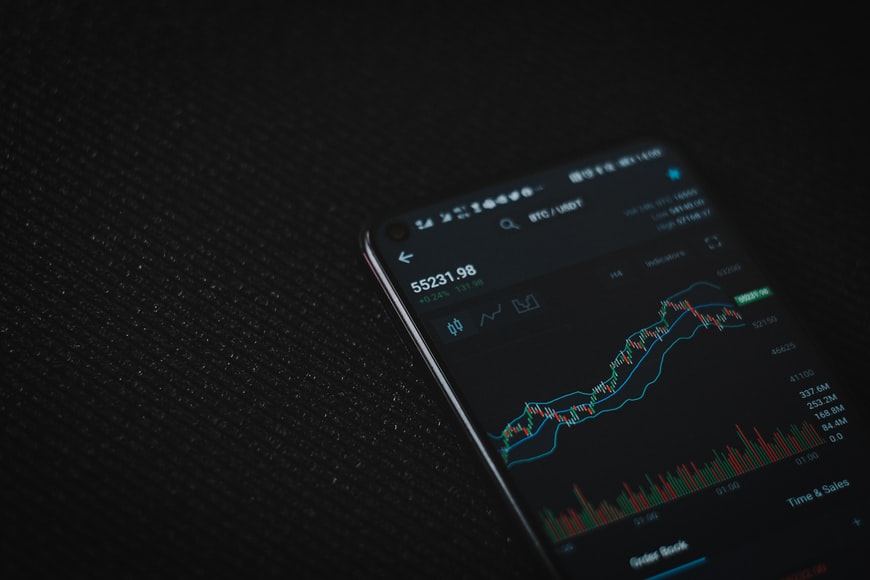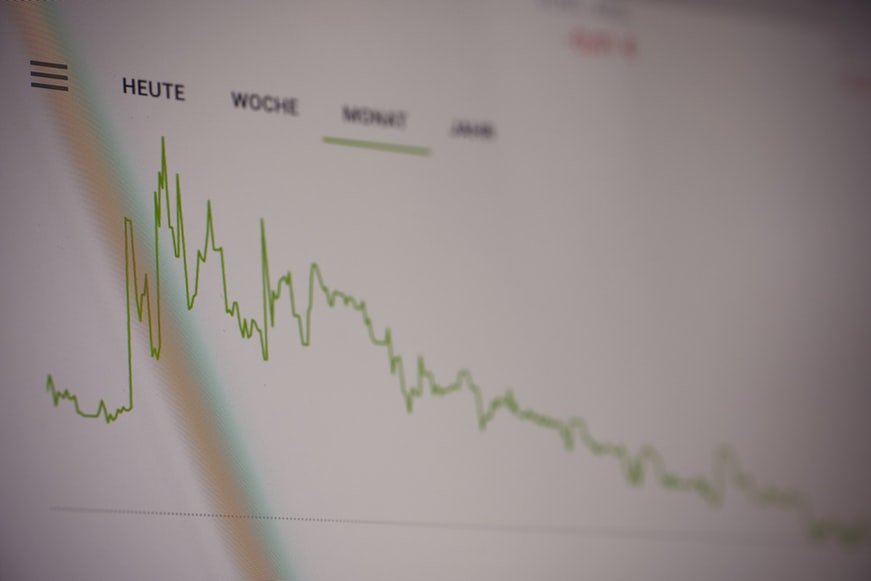How Does Asset Tracking Work?

This article is going to become a clear coverage of this matter. So, how does asset tracking work? Let’s find an answer to this question in this article.
Giving an initial idea of what it is

Primarily, asset tracking is also known as asset management or asset monitoring.
In short, it is a system of software and hardware logging data about tangible assets. In its turn, any company or enterprise is able to verify the status and where the assets are situated.
You should also note that the asset tracking system gives an opportunity to track the following info regarding the assets:
- A type;
- How it is called;
- The maintenance timetable;
- Usage details;
- Engine hours;
- Other stuff that may become necessary.
Real advantages of asset tracking
Using asset tracking becomes profitable for those who deal with it. Here, you can get acquainted with the most evident reasons that are necessary to be aware of:
- Businesses work more effectively and accordingly, bring more money (the processes turn into a big arranged system which globally changes the work of the company);
- Insurance claims are simplified (so, as a result, you get a nice level of security which cannot be underestimated);
- Valuable data insights are suggested to the users (this is all about well-thought time management);
- It gets possible to monitor where the employee is (including the travel time; moreover, such info can be obtained any time whenever you need it).
Similar Reads: How To Boost Your Sales On The Unity Asset Store?
Stuff to consider before choosing asset tracking technology
One of the important things to know about is that such stuff allows controlling everything in real-time mode.
Asset tagging tools are various and you can apply any of them depending on what particular business aim you have. Before choosing it, you need to take the following criteria into consideration:
- Range;
- The overall price you are going to deal with;
- Risks linked to the loss of assets;
- Accuracy;
- How many assets are tracked;
- The scale of your undertaking;
- Data transfer info.
And now, let’s get to asset tracking technologies you may get engaged in.
The technologies to choose from and deal with: how do different means of asset tracking work
1. The first of them is GPS. It’s hard to find a person who has never heard of it
The main characteristics are reputability and accurate positioning, this is evident.
In general, the price of using GPS as a system is relatively low and it is very effective for the purpose of using outside.
But here is a problem: there is a necessity to be connected with the power source all the time. And, it’s vital to realize that asset tracking is linked to being within the visual range with satellites.
Due to this, it becomes hard to apply this technology in such areas as the subway, and mountains.
However, all in all, such technology is rather beneficial to use despite some drawbacks it has.
2. The next technology to mention is NFC
This one has also gained incredible popularity over the recent years. The abbreviation means Near Field Communication, which explains what it is about. It is quite similar to RFID technology which will be covered below.
The whole principle of it is as follows: the scanner has to be put on the tag which is situated anywhere on the item the person deals with.
The best thing that has to be mentioned about this one is that it is characterized by great speed. No specific hardware is necessary for applying it which is also rather convenient.
As for the drawbacks, it is logical to point out too close proximity (to be exact, this is four inches, which sometimes is a bit problematic), and if you want to apply it for the company with large scalability, it may be costly).
3. Bluetooth is one more representative of the technologies described
It is widely applied due to the following reasons: it can be easily dealt with inside and it doesn’t consume much power. When used at a relatively short distance, it will be linked to the guaranteed accuracy of data transfer.
However, as with any technology, here, you are likely to face some problems. Here they are:
- First of all, in order to provide products of the processes, you may need a bog number of the gadgets which will negatively influence the final cost of applying such a tech;
- There may be some problems connected with security, which tools like customer identity and access management (CIAM) won’t be able to protect you from;
- Signal interference can take place.
So, it is surely completely up to you whether to pick this technology or not but you may face some obvious inconveniences when dealing with it.
4. RFID. Above, we have already mentioned this one and are ready to continue speaking about it
This abbreviation means radio-frequency identification. The whole working principle is based on the fact that the data is read by means of scanning the tags.
RFID tags are differentiated by their frequency (low, high, and ultra). Accordingly, the cost may vary greatly too.
As for the strong sides of the technology, it’s essential to mention relatively small tags and radio signatures. However, there are also weaknesses such as high prices and issues with scanning rage.
5. There is one more technology to mention and it is represented by barcode tags
This can be applied on a large scale. There is a different name for it: QR codes. The main advantage of this one is the high speed of scanning.
To do this, it’s necessary to proceed with a scan using a mobile phone or a special scanner. After this, the records are going to be updated. Moreover, it is not costly at all.
Moving on to the negative sides, it’s vital to highlight such stuff as the necessity to do manual scanning and vulnerability to the mistakes made by people.
Basically, here we have listed the main technologies associated with asset tracking.
A word about estimating the costs connected with asset tracking
The final price of the asset tracking technology you are going to apply is going to depend on many factors. However, in most cases, it will be linked to considering stuff given below:
- Specific business requirements you currently have;
- The number of assets you possess;
- The cost of setting up the whole system (there will be a period when you will have to teach the employees how to apply all of this);
- The type of assets;
- The suppliers you are going to pick;
- Other valuable info that may influence the cost.
So, as you can see, there is quite a lot to keep in mind. To get accurate figures, you need to be as precise as you can at the stage of planning.
The examples of the enterprises where asset tracking can be applied
As you can already guess, asset tracking is widely used today. And, in this section, we are going to show you what exactly we mean.
The first direction to mention is represented by the supply chains. Here, tracking has to be performed regarding the inventory needs and the whole delivery process.
When using asset tracking in this case, it becomes possible to monitor every point of delivery in real-time and provide visibility of the processes.
The next business spot where you can experience asset tracking applying is factories. And here, we mean the smartness aspect to be exact.
What has to be tracked is overall management, raw materials, goods involved in the production process, tools. Basically, all the parts of the manufacturing have to be carefully monitored so that not to lose anything and stuff like this.
Asset tracking software to think about
There are different asset tracking software platforms offering their services. However, the practice and real experience allow to highlight the best among them.
One of those to mention is Asset Panda. It is ready to please you basically with everything you need to promote the effective work of your business.
There is one more solution to appreciate. This is EZOfficeInventory. They have shown themselves as a reliable platform ready to give even the most demanding clients what they need.
IntelliTrack is one more valuable solution to refer to. It suggests all the basics you want to see and deal with.
We hope these examples are more than enough for you! Hope you will be able to choose the most appropriate asset tracking technology linked to the business needs you have at the current time period. Good luck with this process!
Read Also:





























